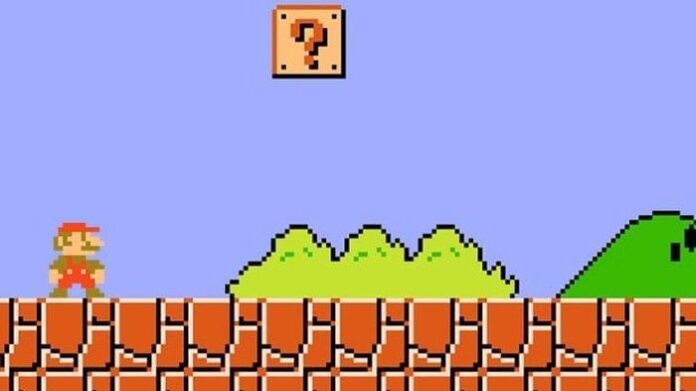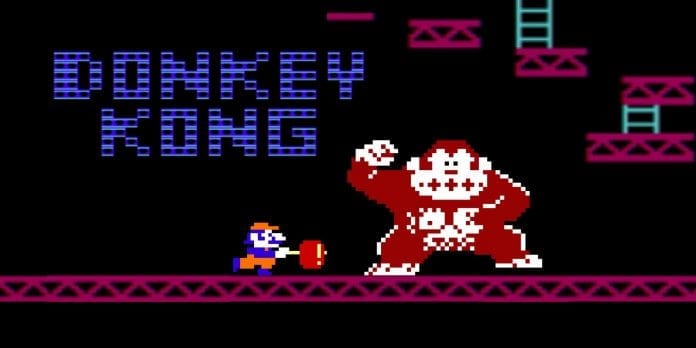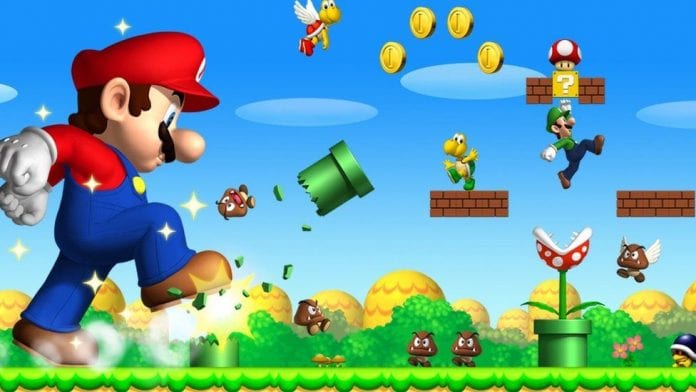Also known as platformers, these sorts of games involve a character that runs, jumps, and climbs through a series of suspended platforms to reach the end of a level. As the game difficulty increases, the character must also avoid obstacles, collect objects, or perform more complex jumps.
When played on a PC or console, the main characteristic of a platformer is the jump button, but if you play it on a mobile device, you have new tools like the swipe or tap gestures. Regardless, the same scenario is used by each video creation.
This type of play is unique in the gaming world since it represents a genre that can’t be simulated in any other way. It also features specific mechanics such as acrobatic maneuvers where the character needs to swing from objects (vines, hooks, or trampolines) or bounce from springy surfaces to move ahead.
But besides being easily recognizable, the genre is also quite well-embedded in the modern video gaming history.

A Bit of History
The first games that had this specific system were released in the early 1980s, and they registered a peak of popularity somewhere around the late 1980s and early 1990s. In that period, about one-third of the console titles released were platformers.
While it is not uncommon for old genres to be reborn out of the ashes of their classical titles, the platformers never did go away. They pack some resounding names that became masterpieces of the gaming world, and this ensured their survival up until today.
Furthermore, the jumping, running, and climbing that are characteristic to a platformer are often combined with other elements such as shooting, adventure, and role-playing. As a result, we now have a wide array of platform games available for PC, consoles, and mobile devices!
The Most Interesting Platformers

The first true title that employed the use of a dedicated jump button is the legendary Donkey Kong, developed by Nintendo as an arcade game. In fact, this was the first to have a dedicated jump button that allowed Mario to hop over and on his enemies, traverse gaps, and grab objects hanging in the air.
Given that Donkey Kong is still available today and that it gave birth to Mario (originally known as Jumpman), there’s no need to wonder why the genre is still popular!
Another title that launched the genre even further into popularity is Universal’s Space Panic (released in 1980). Space Panic was an arcade game as well, but this time, the main character had to climb and descend ladders and had to dig holes to get rid of enemies.

As the hardware became more advanced and developers more interested in getting new games, the platformer genre got new features. As such, by the end of the 1980s, we had 3D perspective, the main character was now jumping, running, and climbing and new elements were introduced.
The best example of new elements is the one released by Taito in 1987, Contra. This is a shooter at the base but uses platform elements combined with running action to make things more interesting.
Platform Games Today
The beauty of the genre is that it can be adapted to fit modern devices. As such, because it doesn’t need a complex story or advanced controls, the platformer could be implemented on mobile devices, creating an entire subgenre.
Everything started in 2009 when Canabalt was released. The scenario featured a businessman who is involved in an endless run to the city. Players had no control over the speed or direction of the character, and only had access to one control – the jump button. As the new idea became popular, we got to see other impressive names like Temple Run or Super Mario Run.

Finally, we now have big names like Vex 4, which is the fourth in a series where the character gets to climb, jump, swim, and fly through nine challenging levels (for more details, you can check crazygames.com/game/vex-4).
Wrap Up
At the end of the day, we can easily say that the platform genre brought us some of the most interesting titles of our time. Without it, we wouldn’t have Mario or Donkey Kong, and our lives would have been so different!









